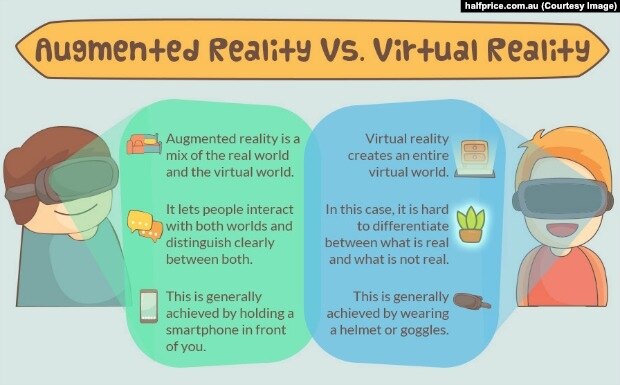The Future of Education is Not Meta it is Augmented.
Over the past few years, there has been a lot of talk about the “metaverse” and how it will transform various aspects of our lives. The metaverse refers to a virtual world where people can interact with each other and digital objects in a highly immersive way. While this technology certainly has the potential to revolutionize entertainment and socialization, I would argue that it won’t be a game changer for education. Instead, using augmented reality (AR) will be the tool that significantly changes how we learn.
First, let’s examine the limitations of the metaverse. While it may be a highly immersive and interactive environment, it is still a virtual world. This means there is a limit to how much real-world information and experiences can be conveyed through this medium. While it may be possible to simulate specific scenarios or environments, the experience will always be somewhat limited because it is a digital recreation. Additionally, the metaverse requires specialized hardware and software, which limits its accessibility for many people.
On the other hand, AR has the potential to bring immersive learning experiences to anyone with a smartphone or tablet. AR is a technology that overlays digital information in the real world. It can augment real-world experiences with additional information, context, and interactive elements. For example, biology students could use an AR app to explore and interact with 3D models of cells or organs in the real world, providing a more engaging and interactive learning experience than a traditional textbook.
AR also has the advantage of being highly adaptable to different learning styles and abilities. For example, an AR app could provide audio or visual cues to help students with learning disabilities better understand concepts or provide more challenging content for advanced learners. Additionally, AR can provide real-time feedback and assessment, allowing teachers to monitor student progress more effectively.
One of the most exciting applications of AR in education is its ability to bring remote or distance lear犀利士
ning experiences to life. AR can create a shared learning environment where students can interact with each other and the teacher more effectively than traditional video conferencing. This could help to bridge the gap between in-person and remote learning experiences, making education more accessible and engaging for students in all locations.
While the metaverse may have its place in entertainment and socializing, it is unlikely to be the game changer in education that many have predicted. Instead, the use of augmented reality has the potential to revolutionize the way we learn by providing immersive and adaptable learning experiences that anyone with a smartphone or tablet can access. As technology continues to develop, we can expect to see more and more exciting applications of AR in education; unlocking new possibilities for learners of all ages and abilities.
Image credit: https://learningenglish.voanews.com/a/augmented-reality-versus-virtual-reality/3844772.html







great..